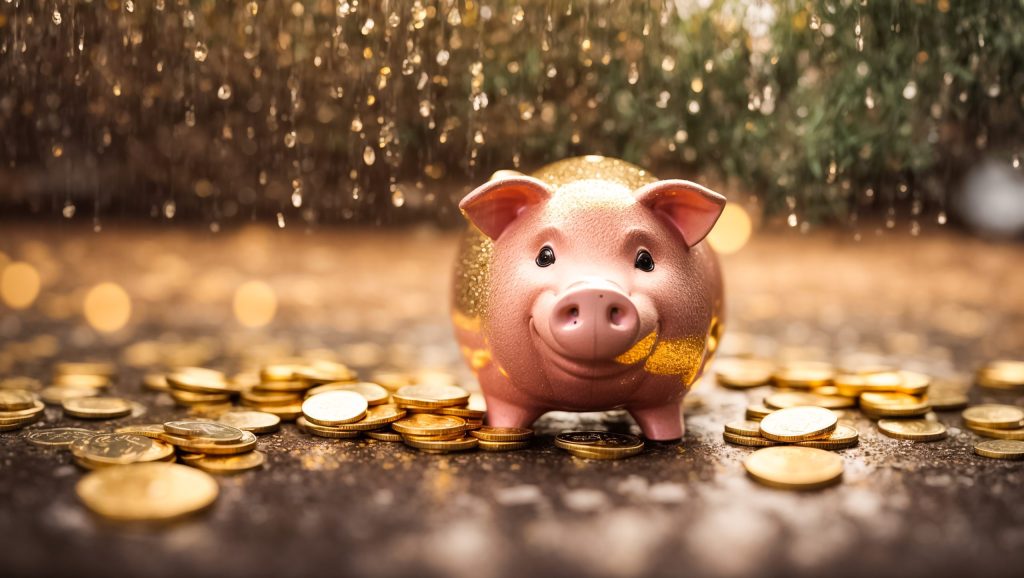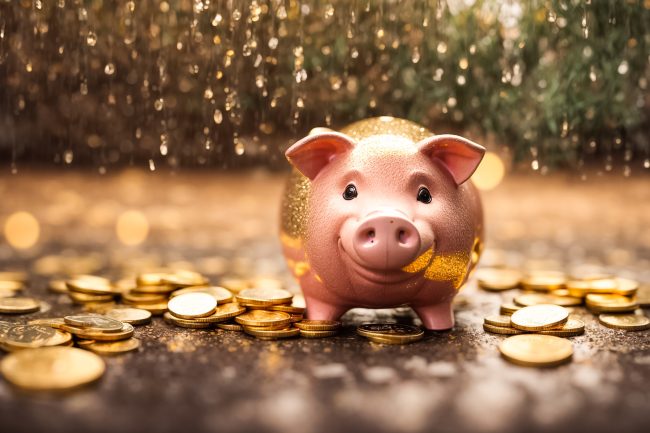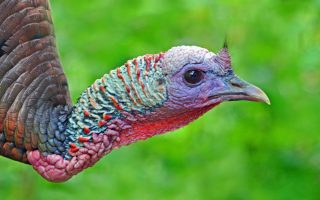
For decades, piggy banks and coin jars were America’s default savings plan. They were a place to dump pocket change, building a small fund for a rainy day. Many of those jars are still sitting in attics and basements, filled with forgotten coins. Most people assume they hold a few dozen dollars at best.
But what if they hold a small fortune? Before you haul that heavy jar to the bank or a Coinstar machine, you need to stop. You must look through it carefully. Certain common-looking coins and bills hiding in your collection could be worth hundreds, or even thousands, of dollars to collectors. Here are nine valuable items to hunt for.
1. Silver Coins (Pre-1965)
This is the most common treasure you can find. Before 1965, all dimes, quarters, and half-dollars in the United States were made of 90% silver. Due to the value of the metal itself, these coins are worth far more than their face value.
Look at the edge of the coin. A modern, clad coin will have a copper-colored stripe. A pre-1965 silver coin will have a solid silver edge. As of late 2025, a single silver quarter is worth around $4, and a silver dime is worth about $1.50. It adds up fast.
2. “Wheat” Pennies (1909-1958)
These are the predecessors to the modern Lincoln penny. Instead of the Lincoln Memorial on the back, they feature two stalks of wheat. Most common wheat pennies are worth between 4 and 10 cents each, but certain rare ones are worth much more.
The key date to look for is the 1943 copper penny. During World War II, pennies were made of steel to save copper for the war effort. A few were mistakenly struck in copper, and these are now among the rarest U.S. coins, selling for over $100,000.
3. “Bicentennial” Quarters with an Error
In 1976, the U.S. produced special quarters with a colonial drummer on the back to celebrate the bicentennial. These are extremely common. However, a very rare and valuable error exists.
Some were struck on a 90% silver planchet (coin blank) by mistake. To check for this error, you need a small scale. A standard bicentennial quarter weighs 5.67 grams. The silver version weighs more, at 5.75 grams. These error coins can fetch thousands of dollars.
4. Old Paper Money with a Star
Take a look at any old dollar bills you have. Look at the serial number at the end. If you see a small star instead of a letter, you have a “star note.” This indicates that it was a replacement for a bill that was misprinted.
While most modern star notes aren’t worth much extra, older ones can be highly collectible. A star note from the 1950s or earlier, especially in crisp condition, could be worth $50 to $100 or more to a collector.
5. Jefferson “War Nickels” (1942-1945)
Similar to the steel pennies, the composition of the nickel was changed during World War II. To conserve nickel for the war, these coins were made from an alloy of copper, manganese, and 35% silver. This was the only time U.S. nickels contained any silver.
You can easily identify them by the large mint mark (P, D, or S) located above Monticello on the reverse. Each one is worth around $1 for its silver content alone. It’s a fun and easy piece of history to find.
6. Half-Dollars (Any)
People rarely use 50-cent pieces anymore. Because of this, many people just toss them into their coin jars without a second thought. This is a mistake. All half-dollars from 1964 and earlier are 90% silver. Those dated 1965 to 1970 are 40% silver.
Even more recent half-dollars can be valuable. Low-mintage years or special editions can be worth many times their face value. It’s always worth setting aside any half-dollar you find for a closer look.
7. “W” Mint Mark Quarters (2019-2020)
This is a modern treasure you can find. In 2019 and 2020, the U.S. Mint released a limited number of quarters with a “W” mint mark, indicating they were made at the West Point Mint. These were the first quarters to ever bear this mint mark.
Only 2 million of each design were made and mixed into bags of regular quarters. They were intended to spark interest in coin collecting. Because of their rarity, a single “W” quarter in good condition can sell for $10 to $20.
8. Any Coin with a Glaring Mistake
Errors, or “mint errors,” can make an ordinary coin extraordinarily valuable. Look for anything that seems off. Is the design stamped off-center? Is one side stamped upside down (known as a “rotated die”)?
One of the most famous errors is the “doubled die,” where the design appears to be stamped twice, creating a blurred or doubled image. The 1955 doubled die penny, for example, is worth over $1,000.
9. Foreign Coins Mixed In
Don’t just toss aside those Canadian or Mexican coins. Many foreign countries also made their coins out of silver in the past. It’s worth doing a quick online search for any older foreign coins you find.
You might have a silver coin from the UK, Canada, or the Philippines. Even if not silver, some older or more obscure foreign coins can be desirable to collectors. Don’t assume they are worthless.
Your Jar Is a Treasure Chest
That dusty jar of change is more than just money; it’s a time capsule. It contains bits of history, and potentially, a significant amount of value. Before you let a machine swallow your collection for face value, take an hour to be a treasure hunter. You never know what fortunes might be hiding in plain sight. It’s time to check for these items worth a fortune.
What’s the most interesting thing you’ve ever found in an old coin jar? Share your discovery in the comments!
What to Read Next…
- 10 Childhood Toys That Would Be Worth a Fortune Today
- 8 Forgotten Things Found in Attics Worth Thousands
- 5 Reasons Why Sending Your Child to Child to a Private School Is Worth the Investment
- 10 Ways Scammers Use Fake Charity Drives to Steal Your Money
- Why You Should Never Send Money on Cash App or Venmo—Even to Friends and Family

Latrice is a dedicated professional with a rich background in social work, complemented by an Associate Degree in the field. Her journey has been uniquely shaped by the rewarding experience of being a stay-at-home mom to her two children, aged 13 and 5. This role has not only been a testament to her commitment to family but has also provided her with invaluable life lessons and insights.
As a mother, Latrice has embraced the opportunity to educate her children on essential life skills, with a special focus on financial literacy, the nuances of life, and the importance of inner peace.







